Reaching out to millions of smallholder farmers: exploring collaboration with Shamba Shape-Up
On October 22, David Campbell, CEO of Mediae, and his team presented their TV and digital education and development programs to International Maize and Wheat Improvement Center (CIMMYT) staff in Nairobi, Kenya. Mediae is a media company producing the iconic Shamba Shape Up, a weekly farming education TV series watched in Kenya, Uganda and Tanzania.
The purpose of the meeting was to explore the possibility of partnership between CIMMYT and Mediae. Farmer education programs like Shamba Shape Up can showcase CIMMYT’s innovations to millions of farmers. Better awareness could lead to increased adoption of innovations and enhance household incomes, as well as food and nutritional security.
Other education and extension programs include Shamba Chef, which targets women with information about nutrition and family finance, and iShamba, an information service that provides over 350,000 farmers with information on market prices, the weather forecast and tips on crop and animal production.
Since 2013, Shamba Shape Up has run weekly episodes in English and Swahili on Kenya’s Citizen TV, reaching an estimated at 3.5 million people, 70 percent of whom live in rural areas. This “edutainment” program highlights challenges smallholders face in their farming activities. Farm advisories range from crop production, animal husbandry and soil fertility, to seeds, pests and diseases, and climate change adaptation strategies. Usually, highlighted farmers narrate the issues on their farm to a TV presenter while an expert from the private or non-profit sector offers advice on remedial measures. This helps the farmer to improve their productivity and livelihood. Campbell believes that “a mix of entertainment and research elements have enabled the program to remain relevant and sustainably serve large, diverse audiences.”
A farmer measures his crop. (Image: Shamba Shape Up)
In April 2014, CIMMYT and the African Agricultural Technology Foundation (AATF) were featured in a Shamba Shape Up episode. The broadcast showcased a maize farmer whose crop production had been devastated by striga, a parasitic weed that had infested over 300,000 hectares of maize in western Kenya. Farmers were advised to plant IR maize, a new herbicide-coated seed variety that is immune to striga and can kill it, and this helped to stop the spread of striga in the region. A more recent episode featuring CIMMYT’s efforts to instill sustainable intensification practices among farmers was aired in February 2018.
Campbell and his team have observed that while millions of farmers enjoy their education programs, many fail to continue applying expert advice on good agricultural practices, such as conservation farming, on their own farms. One particular challenge and area with scope for collaboration is to conduct proper impact evaluation of education programs on farming practices changes and livelihoods.
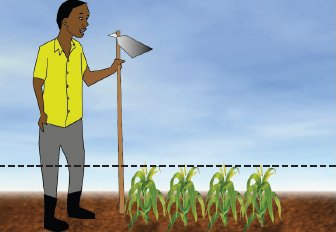
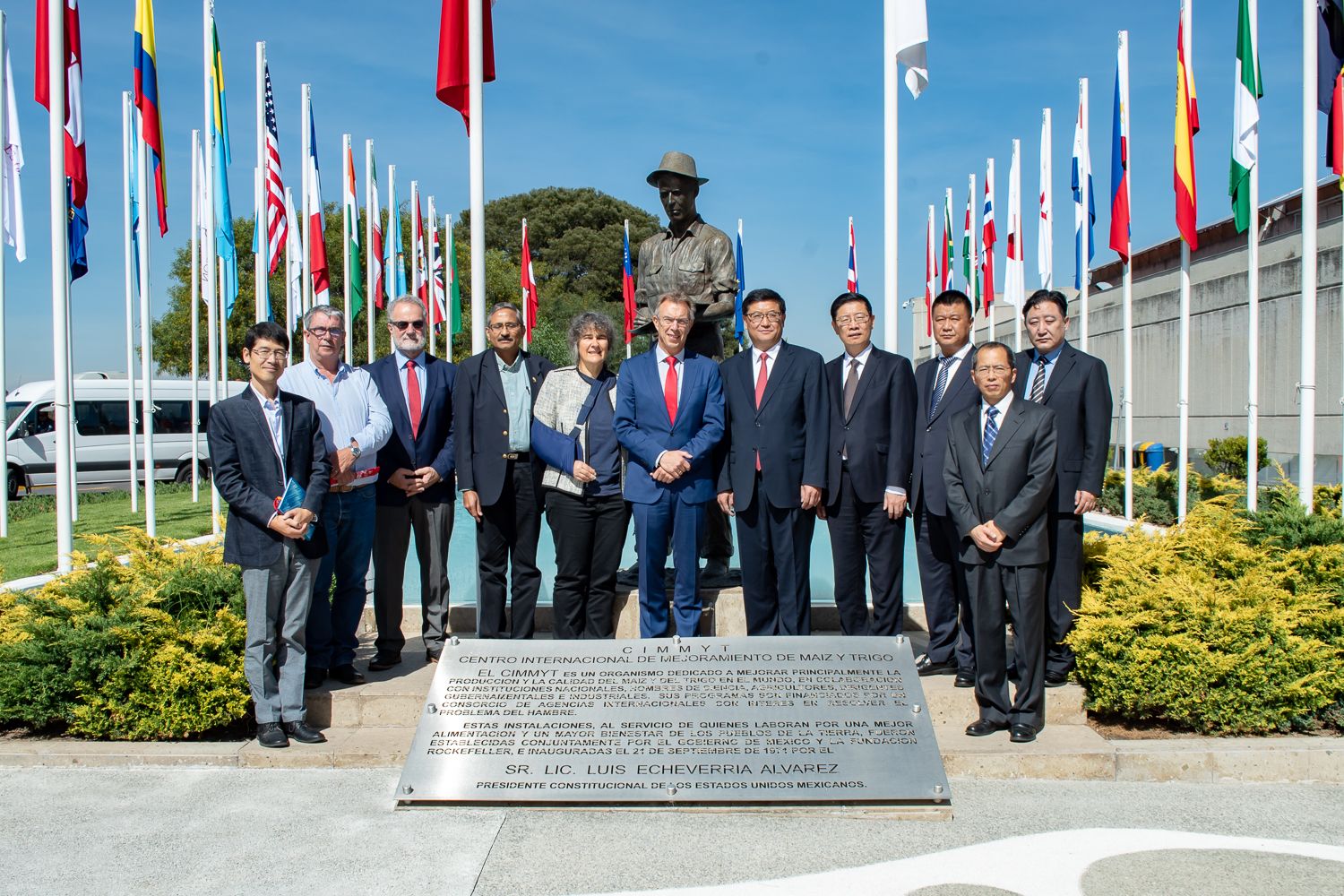
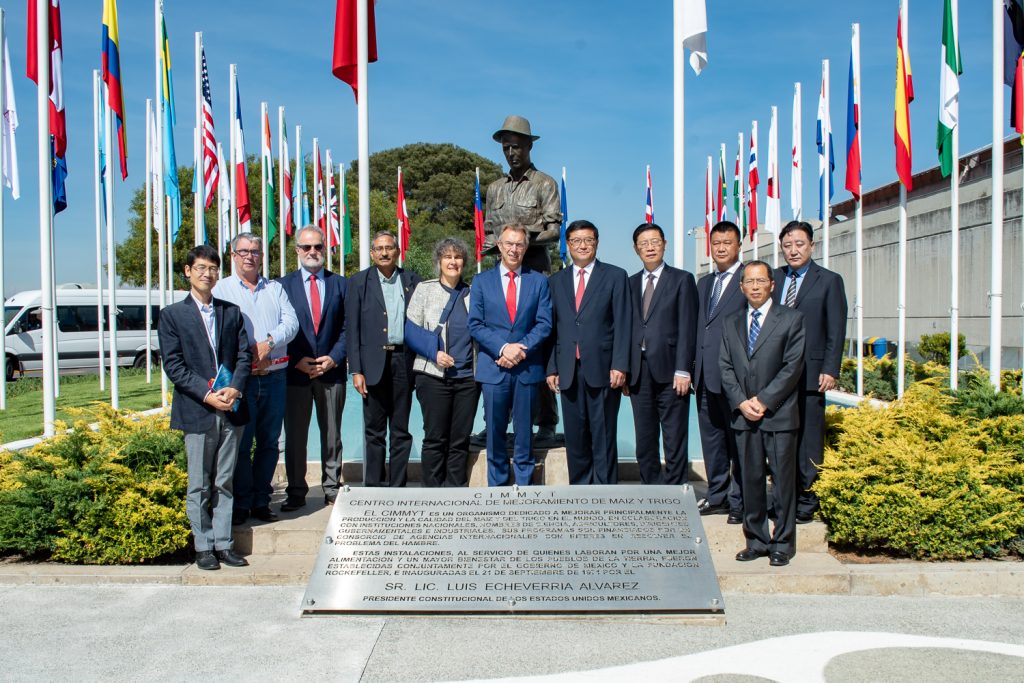
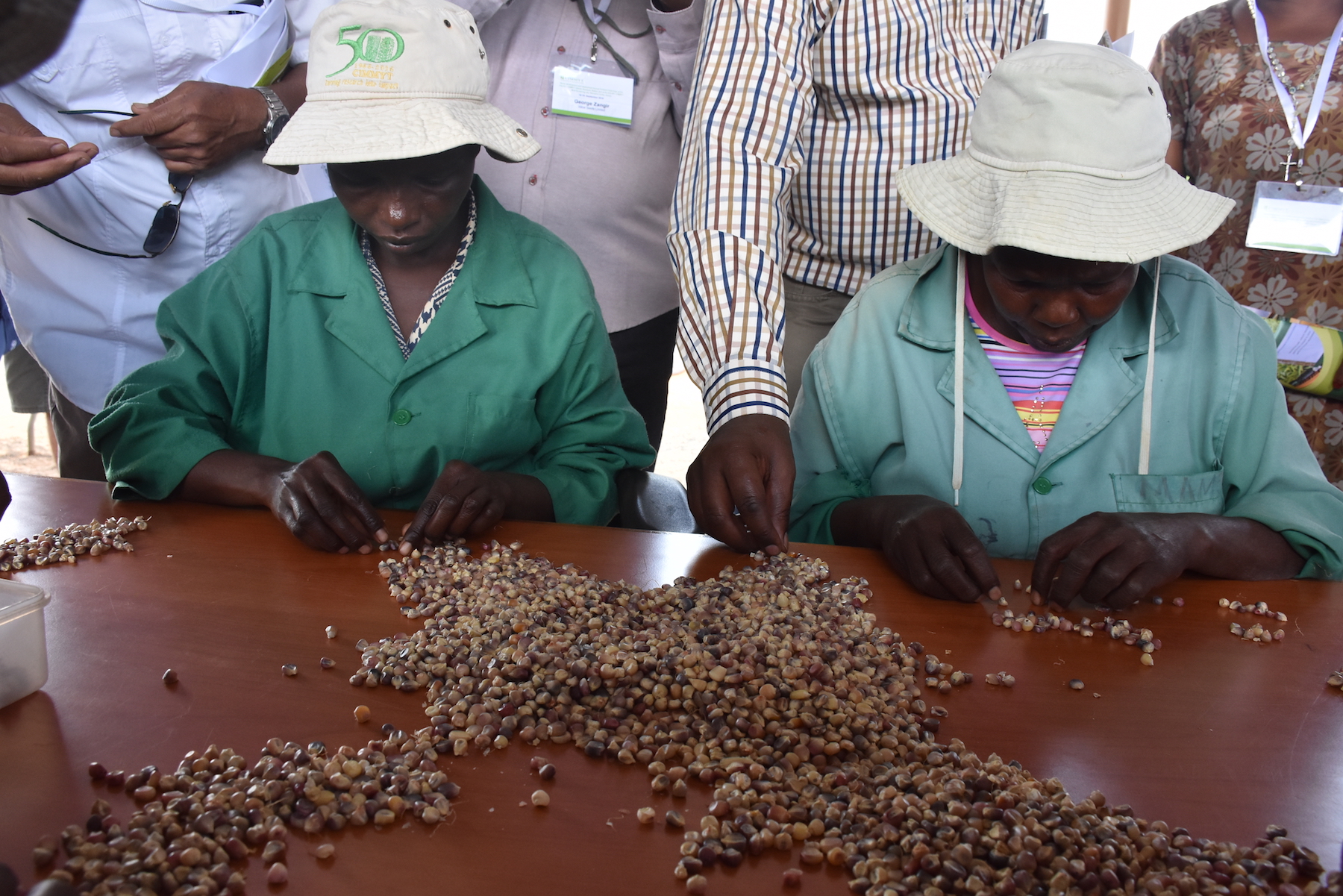
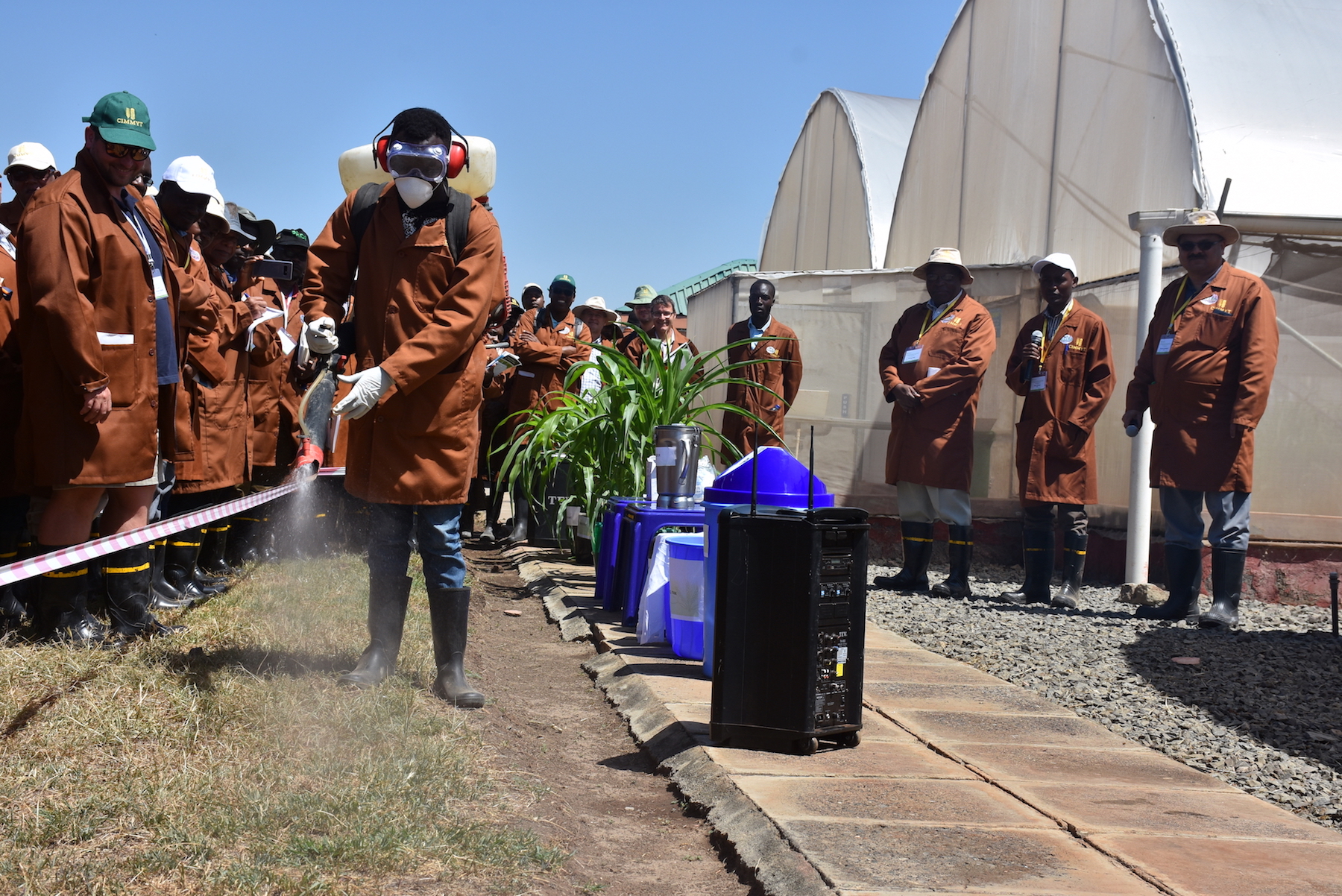




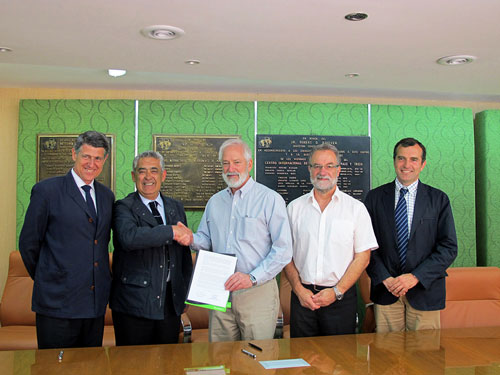 On 12 April 2013, CIMMYT director general Thomas Lumpkin and José Ortega Cabello, chairman of the Campo de Tejada cooperative in Spain, signed a five-year extension of a collaborative agreement between Agrovegetal S.A. and CIMMYT dating back to 1998. The objective of the agreement is to develop improved durum wheat, bread wheat, and triticale varieties.
On 12 April 2013, CIMMYT director general Thomas Lumpkin and José Ortega Cabello, chairman of the Campo de Tejada cooperative in Spain, signed a five-year extension of a collaborative agreement between Agrovegetal S.A. and CIMMYT dating back to 1998. The objective of the agreement is to develop improved durum wheat, bread wheat, and triticale varieties.